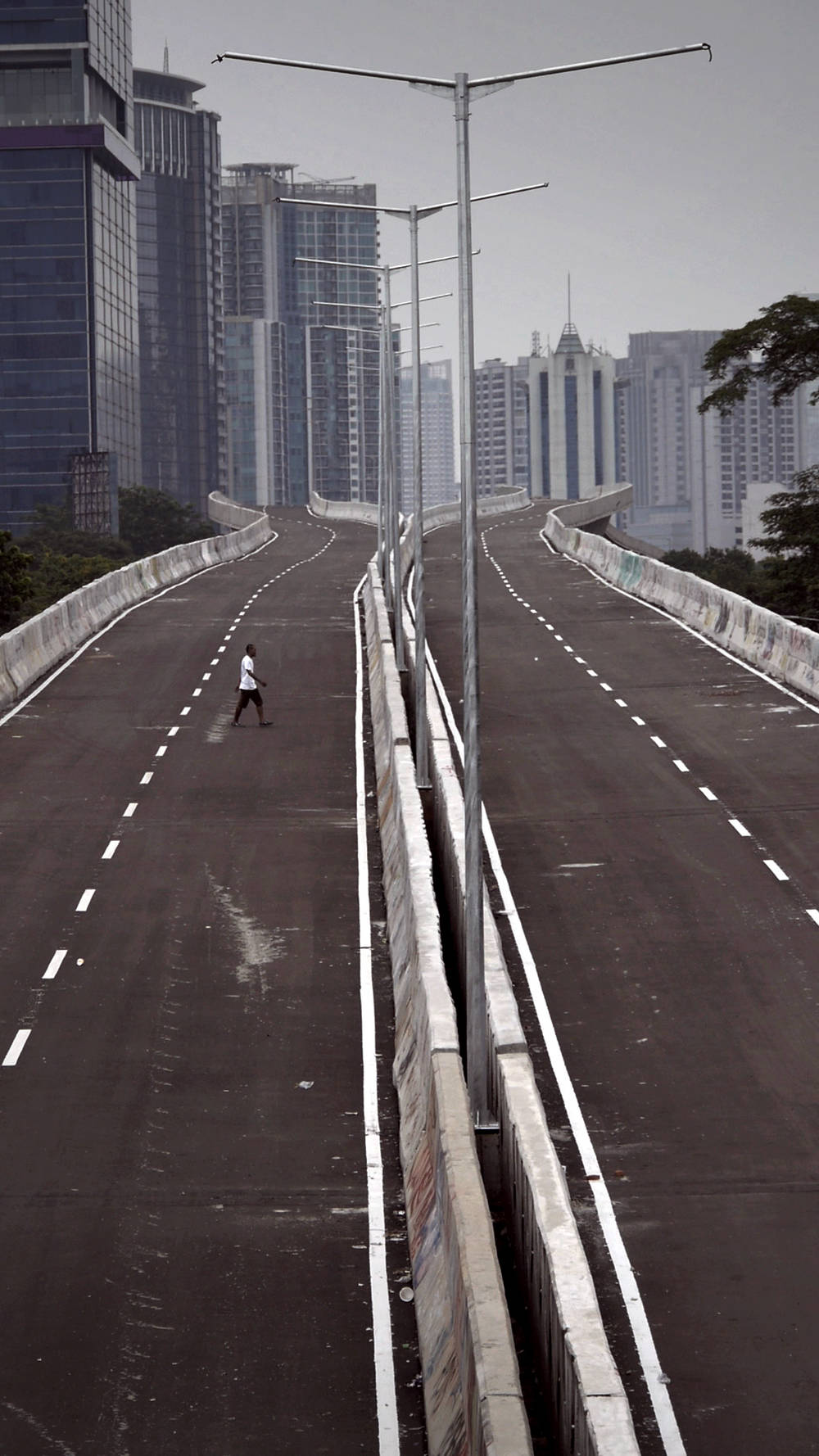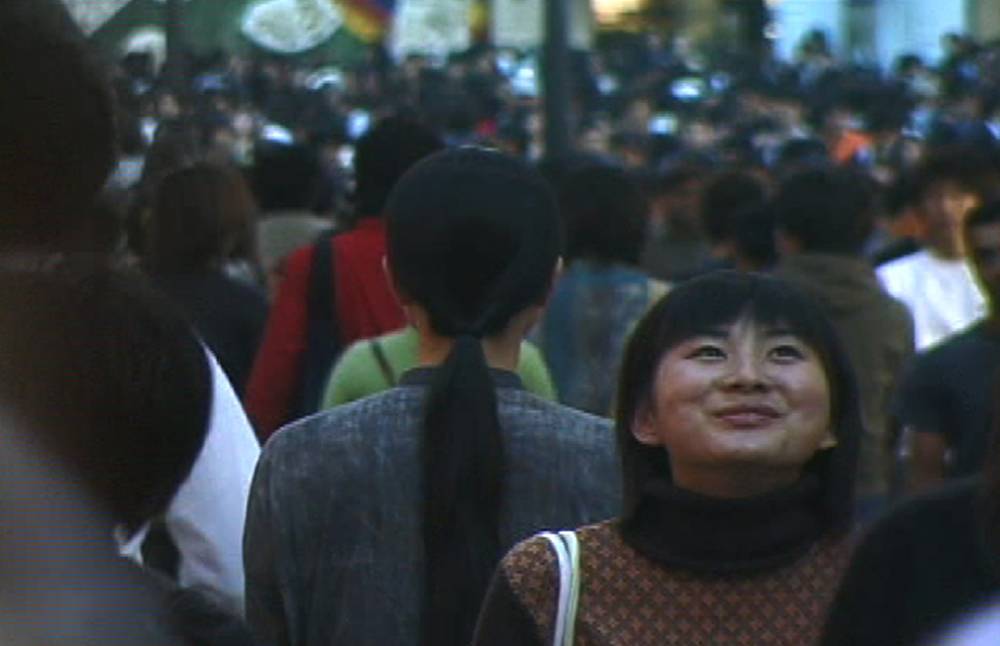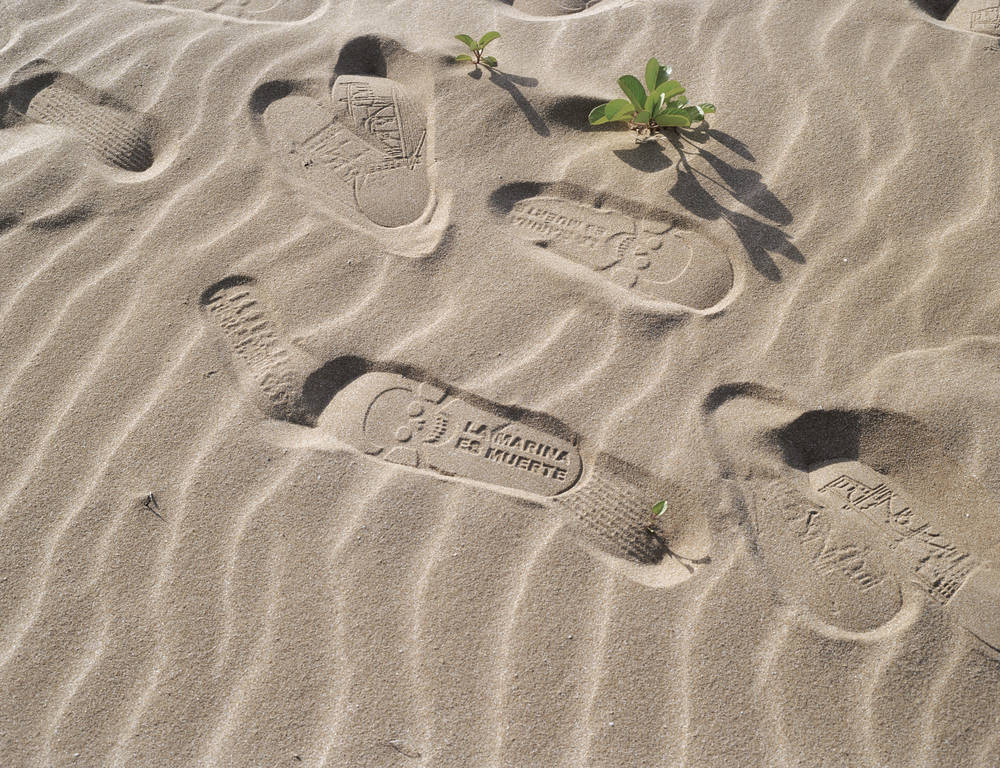A commentary on the acceleration of modern society and the compulsion to stay in motion: Running as crisis. Standing still as opportunity.
From an economic point of view, a “standstill” is unproductive: The engine has to keep on running and in Germany it is generally a combustion engine. Capitalist societies function according to the principle of either “staying in motion” or collapsing.
Sociologist Hartmut Rosa calls this phenomenon “dynamic stabilization”. You could also imagine capitalist society as being akin to cycling. Peddle fast enough and the journey continues but if the bicycle slows down it begins to wobble and falter. Resuming the journey again requires a lot of energy and does not necessarily always succeed. This metaphor contains a simple truth: Capitalist societies have to continue expanding if they are to keep going. Faster, further, better – otherwise the system is in danger of faltering.
When does a society pause for thought?
However, this compulsion to grow is no longer merely confined to the economic sphere of society. Rather this economic rationality has thoroughly permeated all areas of our everyday life. “Faster, further, better” becomes part of an all-encompassing way of life - “running on” – the end in itself of our everyday life. The compulsion to speed up eventually becomes like a new religion that appropriates culture and life. The result is a society whose members are governed by rationality that produces a feeling of “not being good enough” and an excessive desire to improve oneself but simultaneously accompanied by the permanent fear of being overtaken. Don’t stand still … Run! Run!

The Covid pandemic effectively pulled the emergency brake on acceleration: deceleration induced by a disaster. This type of slowing down in a catastrophe has demonstrated how quickly society can collapse when the standstill is beyond our control: Aside from the obvious consequences for people’s health and the health system, it also led to the finance markets collapsing and massive uncertainty as to how long the infrastructure would withstand this emergency. Another result was a further widening of the gap between the haves and have-nots. Not everyone can afford a standstill. Even Olaf Scholz’ ambitious promise to support industry through the crisis that he referred to as “Bazooka” cannot disguise this fact.
Standing still can be productive
In the exhibition WALK! not-walking is to be interpreted as an artistic affront to Rosa’s concept of “dynamic stabilization”. In a cultural context the refusal to walk can be a productive state. The performance “A Needle Woman (Tokyo)” (1999) is an eight-part work by artist Kimsooja that addresses standstill in various metropolises of this world: Moving crowds of people versus a motionless woman, internal quiet versus external disquiet. Like some alien creature Kimsooja stands motionless in the middle of Tokyo while all around her everything is in motion – people mill around her moving busily back and forth. The rear perspective serves to help us identify with the situation and the observer automatically places himself behind the artist. While we stand observing her soundless work the work silently expands into the exhibition room. The calm it exudes makes us feel calm in turn.

The ‘not-walking’ in the work by Kimsooja poses a question: Can everything continue as it is? Is the speed we have established in a society so bent on success the only means for a society to develop? While standstill generally has a negative connotation and is understood in capitalism to be a synonym for non-productivity the artistic calm is productive and as a result of our reflection on the work an imaginary space is opened up. Essentially, the work “A Needle Woman” shows that standstill can be more productive than any kind of “staying in motion”.
In the street performance “The Great White Way” (2001-2006) Pope L. Crawled over the cold pavements of Manhattan through the streets of New York so as to open up a new perspective. His view guides our own gaze away from the executive storys of the skyscrapers and towards the people on the street. Streets where contrasts clash. Homeless people struggle for survival while others try to close their eyes to their fate. But the social injustice still remains written invisibly on the pavements. Pope L. addresses the deep conflict of a divided society that raises questions about racism, stigmatism and social injustice. However, his performance is also about a new form of movement. Generally speaking, you pass through a city on foot or using public transport, a car or bike so as to get from A to B as quickly as possible. Pope L resists the classic methods of moving forward and by passing through the city in an untypical manner throws up the question: What happens when you elude acceleration because you do not want to keep up or simply cannot?
What happens when you elude acceleration because you do not want to keep up or simply cannot?
Ironically, his deliberate slowing down anticipates a standstill that stopped New York and the whole world in their tracks. When the financial crisis struck in 2007 it demonstrated an important fact: acceleration and “staying in motion” tipped the world into a global crisis that exacerbated social disparities even further. Pope L. anticipated a number of things with his performances: We still have a long way to go and have to alter and indeed rethink the way we move through our world.
OK, so what is the solution to this problem?
Slowing everything down can’t be the goal. After all, everyone is happy when the train journey or our wait at the supermarket checkout do not take longer. Rather it is important to realize that certain areas of life are characterized precisely by defiance against the subjugation of market logic. Otherwise, the systemic constraint that asks no questions, that addresses no needs, that ultimately provides only one answer to the question of where we want to run takes over: faster, further, better… Anyone looking for alternatives has to be prepared to accept something new: The exhibition WALK! provides valuable inspiration!










